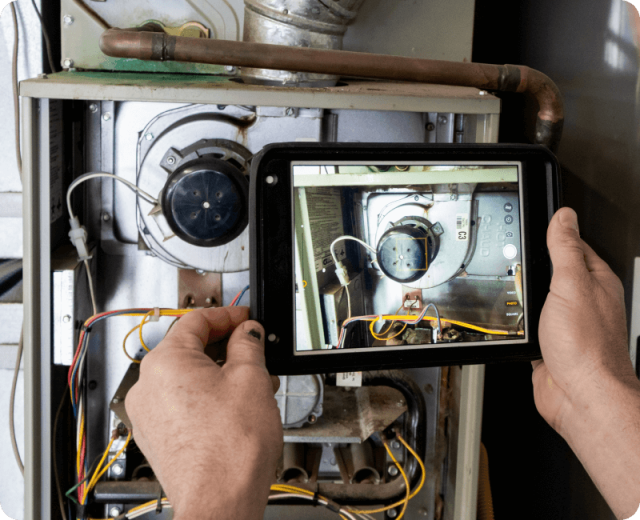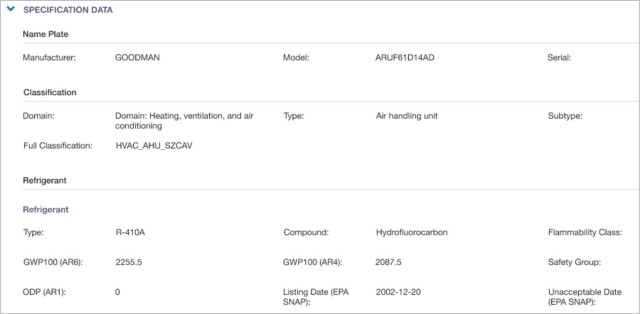
About Asset Data Enrichment
Asset Data Enrichment transforms a basic asset list into a dynamic, intelligent hub. It entails the process of meticulously gathering and integrating comprehensive, real-time information about your equipment, from detailed specifications and performance metrics to maintenance and operational documentation. This ensures every data point, like a serial number or a repair history, is accurate and up to date.
This enriched data empowers asset lifecycle maintenance (ALM) for your entire organization. Technicians gain instant access to critical details for faster, more effective repairs, leading to significant cost savings. Facilities managers have more visibility into asset conditions, enabling better preventive maintenance scheduling and evidence-based decisions. Leaders can leverage these robust insights for strategic capital planning, optimizing investments, and driving sustainability initiatives.
Asset Data Enrichment improves day-to-day efficiency, minimizes unplanned downtime, and ensures compliance through readily available documentation. It shifts asset management from a reactive approach to a proactive, data-driven strategy, maximizing asset lifespan and operational excellence.

Benefits
Asset Data Enrichment transforms how organizations manage their HVAC assets, moving beyond simple inventory to create a mobile-friendly, interconnected data ecosystem. This process integrates vital information—from real-time performance data and detailed specifications to comprehensive maintenance histories and operational manuals—into a unified platform. The primary benefit is a single source of clarity and accuracy, ensuring every team member operates with the most current and relevant asset intelligence.
For operational teams, this means faster, more effective HVAC system troubleshooting and maintenance, reducing downtime and extending asset lifespan. Technicians can quickly access critical repair guides and past service records, boosting efficiency and first-time fix rates. Management gains deeper insights into asset health and utilization, enabling data-driven decisions for preventive maintenance, capital expenditure, and resource allocation. Ultimately, enriched asset data fosters proactive practices, enhances compliance, optimizes Asset Investment Planning (AIP), and drives substantial cost savings, paving the way for operational excellence and strategic growth.








